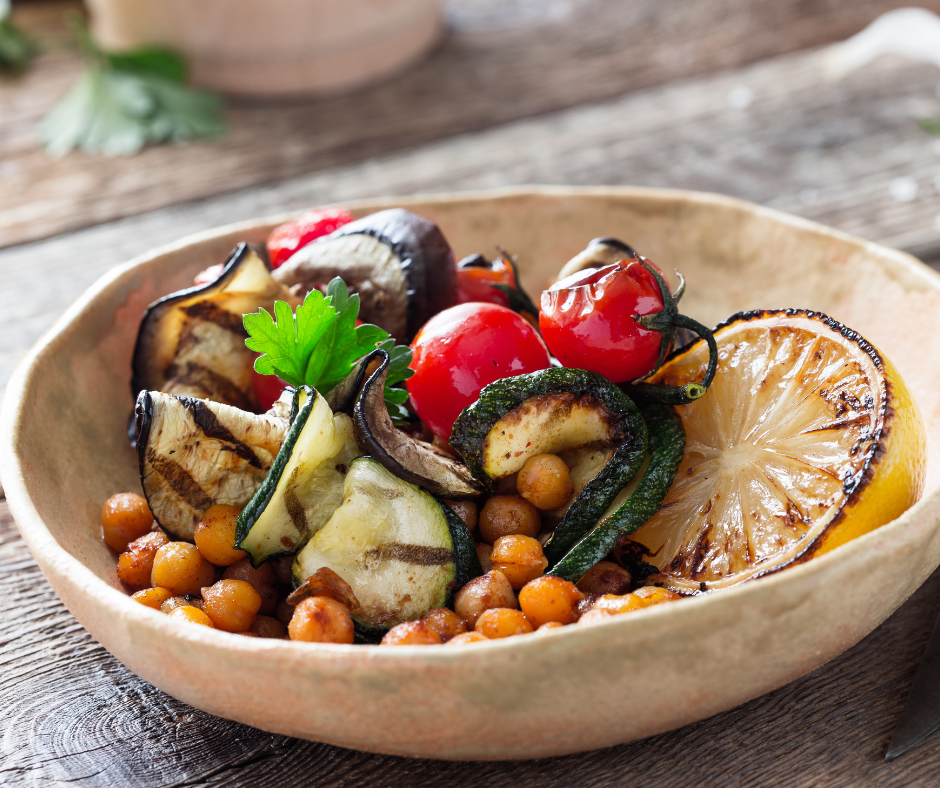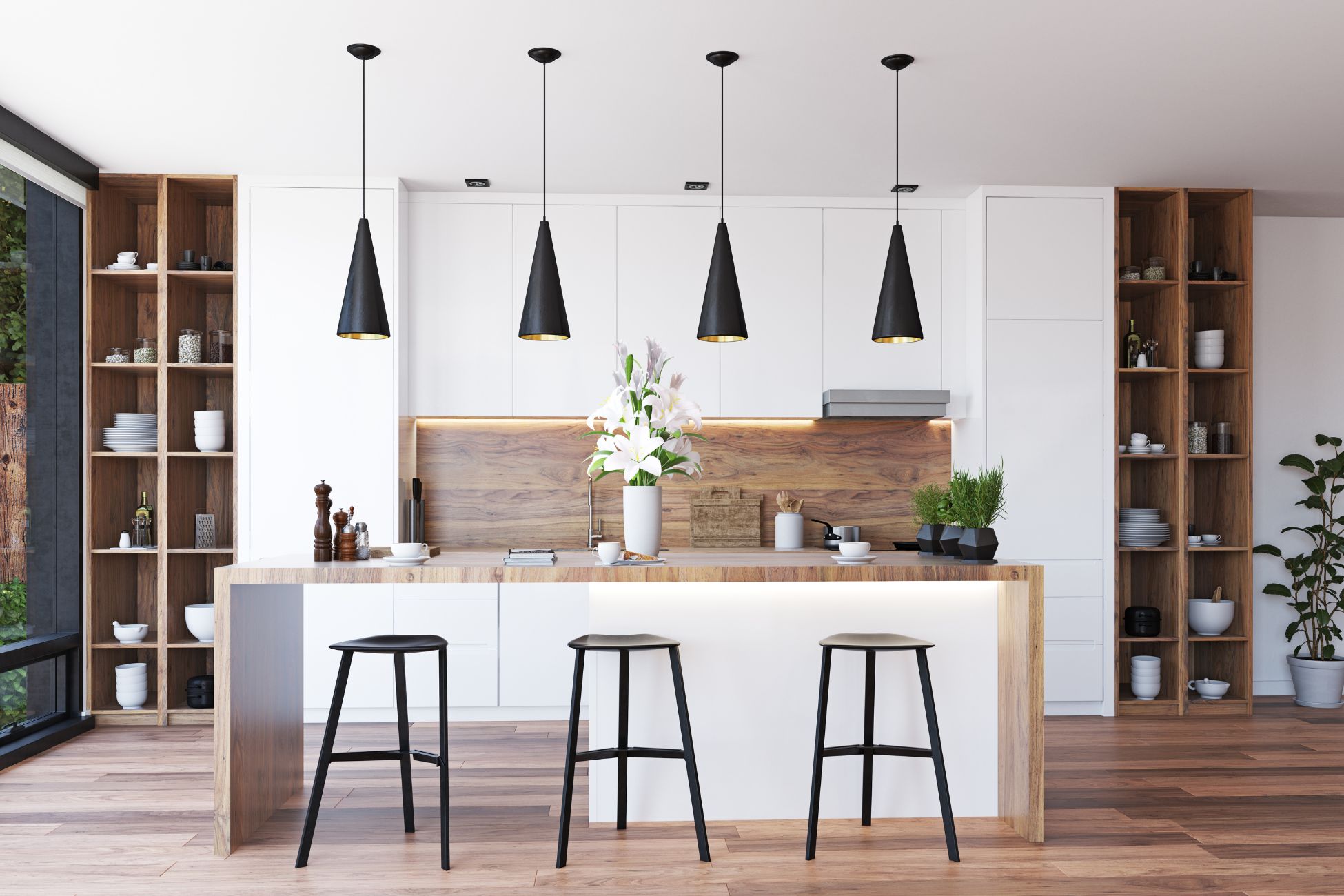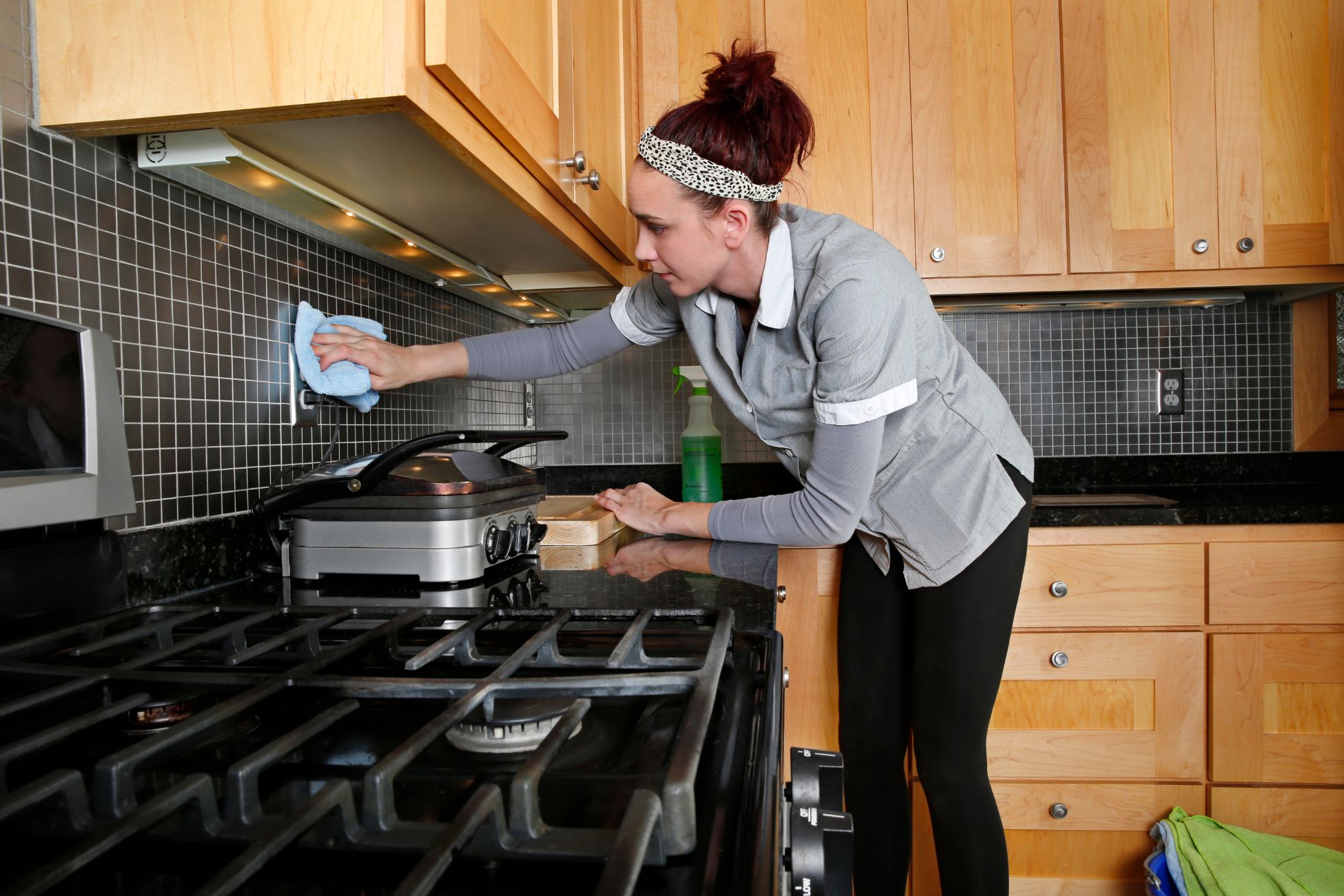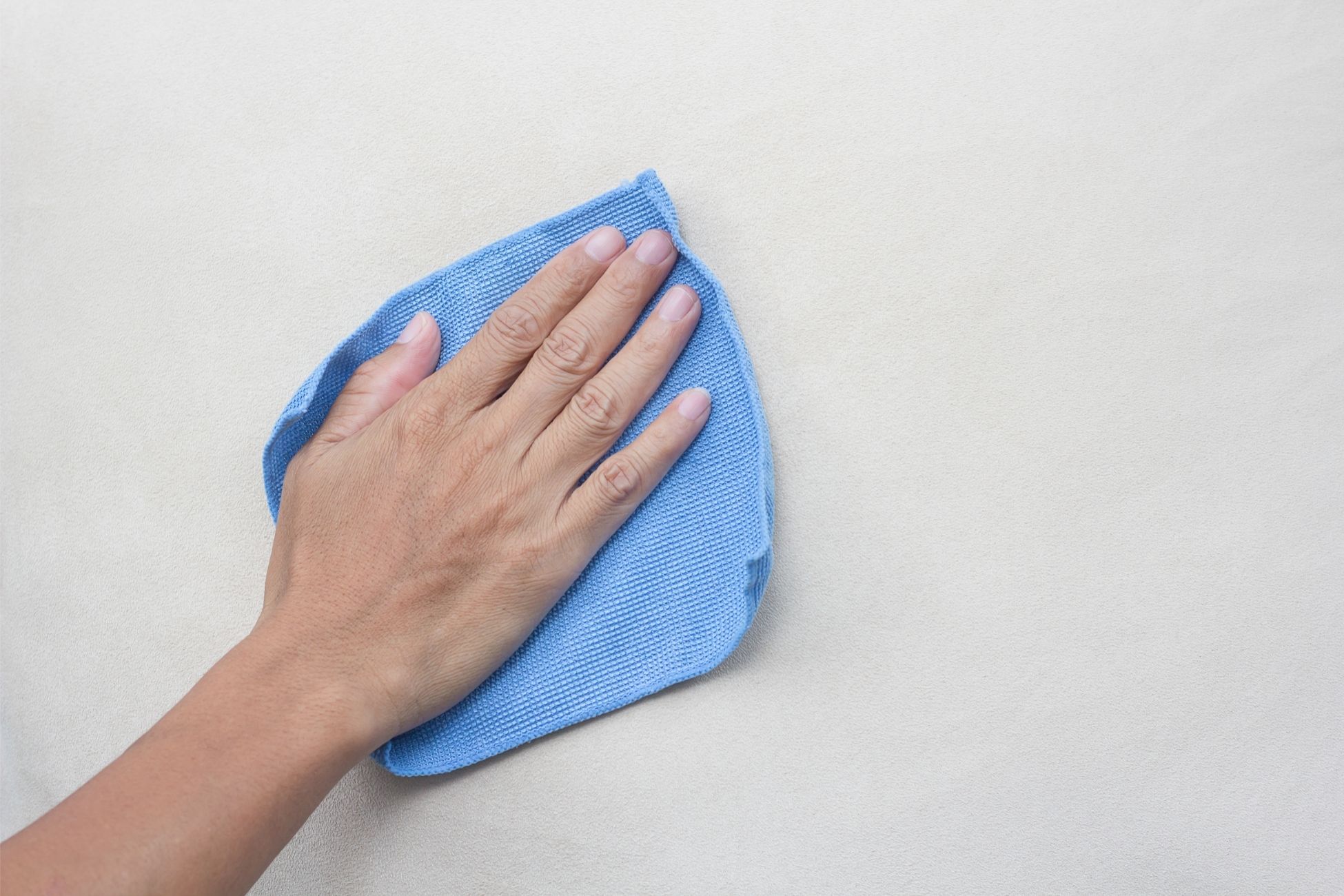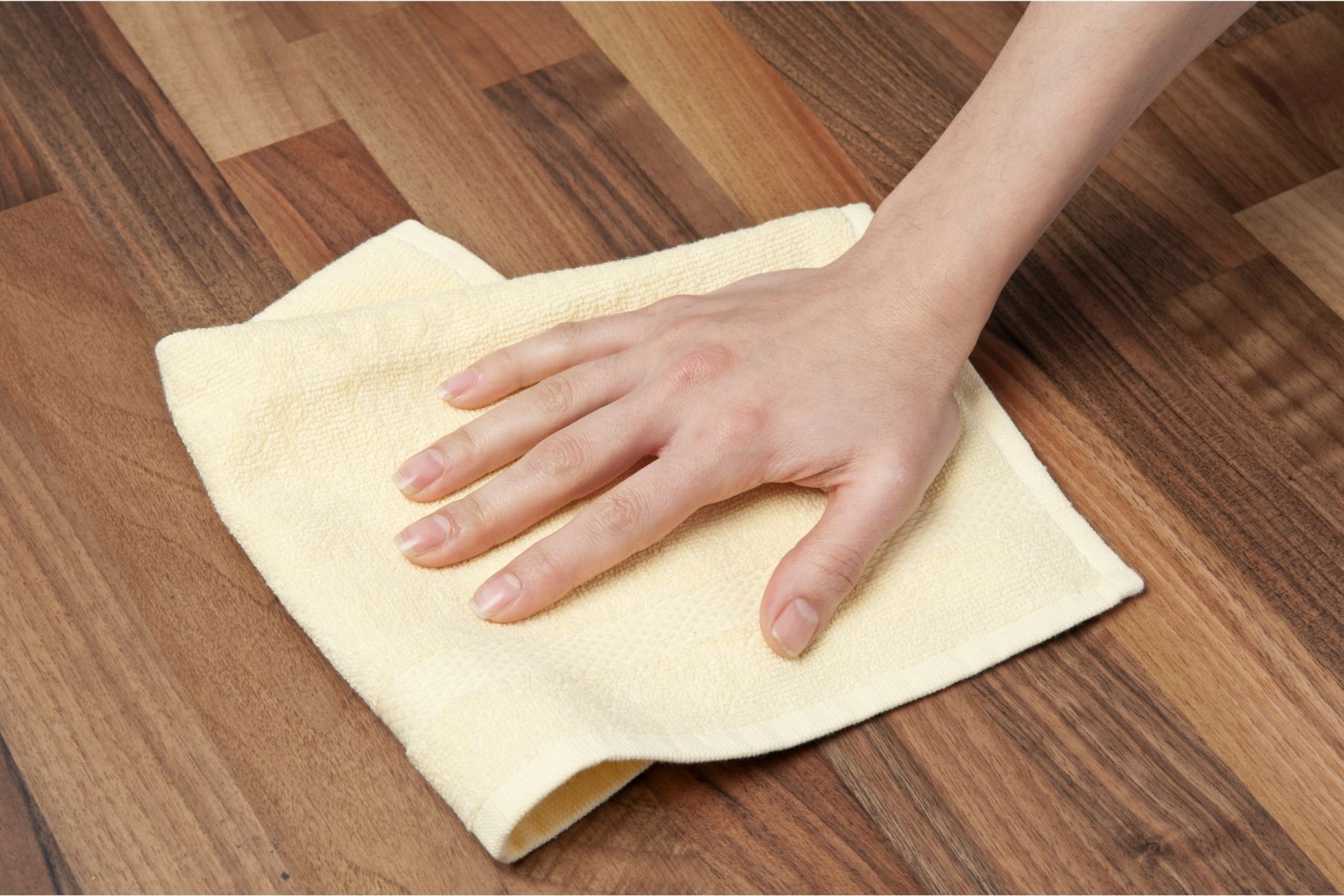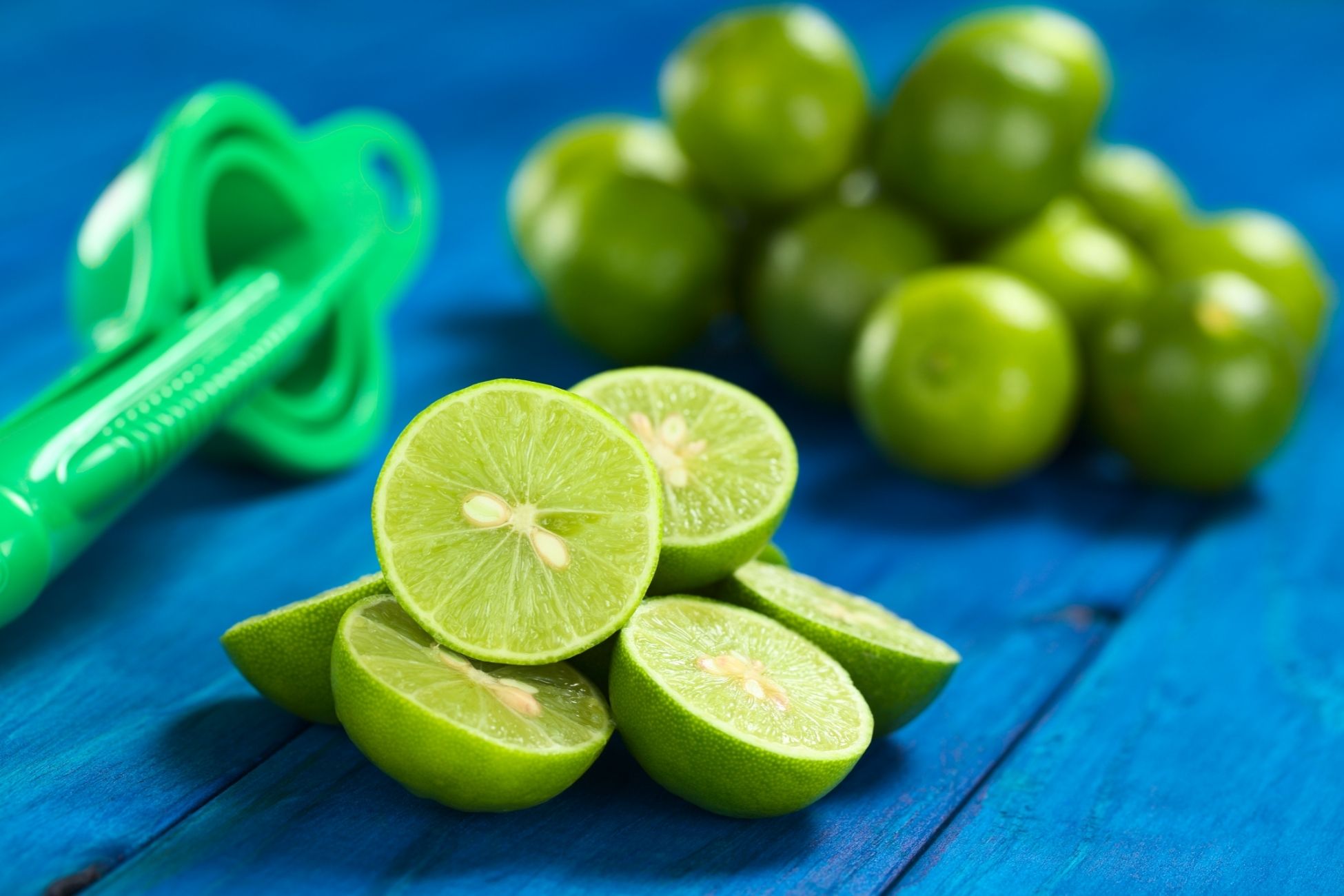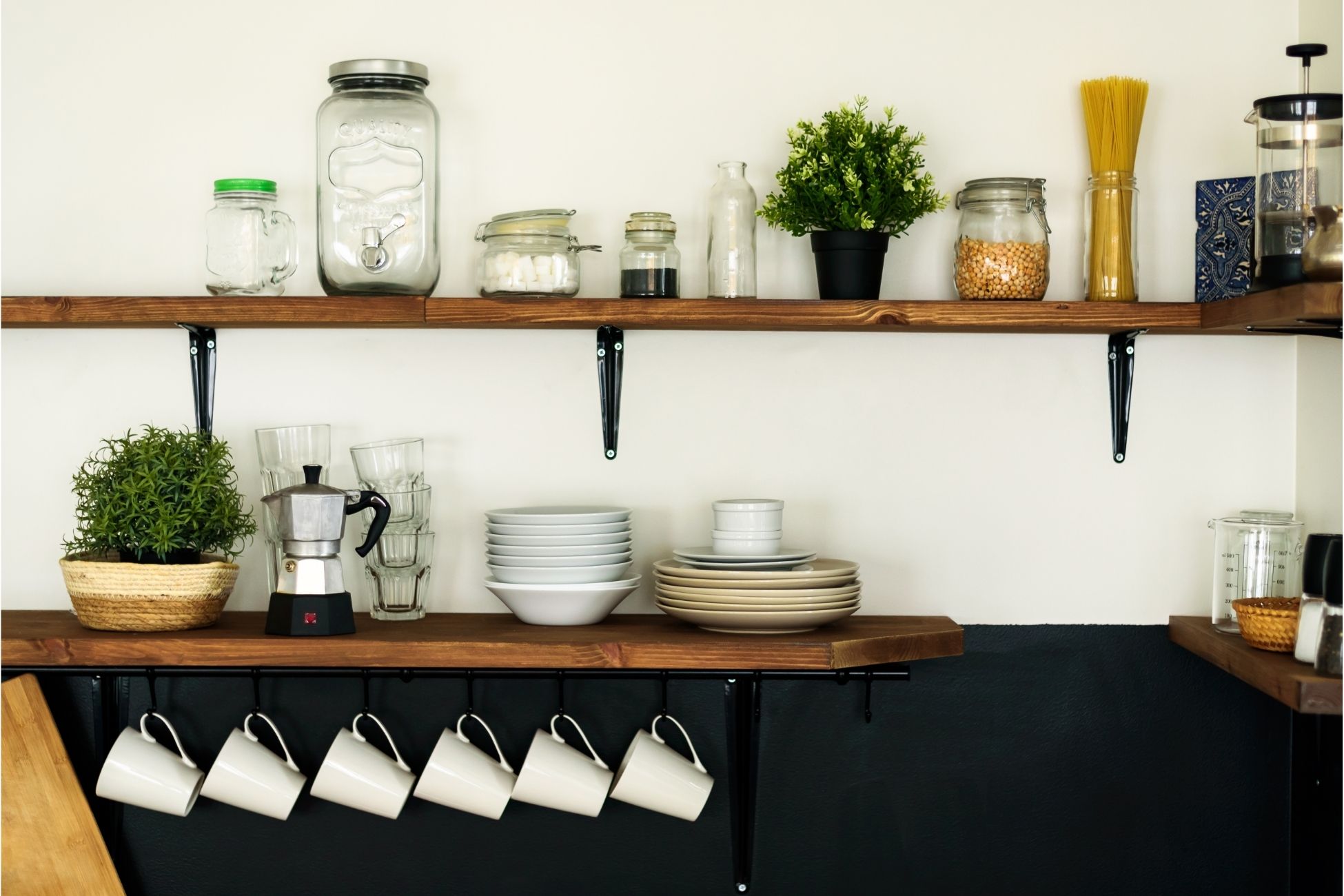10 Cooking Hacks That Will Revolutionize Your Kitchen Game
In the fast-paced world of cooking, efficiency and creativity are key ingredients for success. Whether you’re a seasoned chef or a novice in the kitchen, mastering a few clever cooking hacks can make all the difference in saving time, reducing waste, and elevating your culinary creations to new heights. Join us as we unveil 10 game-changing cooking hacks that will transform the way you cook and inspire you to become a kitchen wizard. Freeze Fresh Herbs in Olive Oil Don’t let fresh herbs go to waste—preserve their vibrant flavors by freezing them in olive oil. Simply chop your favorite herbs, place them in an ice cube tray, cover with olive oil, and freeze. The result? Flavor-packed herb cubes ready to add a burst of freshness to soups, stews, and sauces whenever you need them. Use Citrus Zest for Extra Flavor Before juicing citrus fruits like lemons, limes, and oranges, don’t forget to zest them! Citrus zest is packed with aromatic oils and intense flavor, perfect for adding a bright, zesty kick to dishes. Use a microplane grater to easily extract the zest, and watch as your dishes come alive with citrusy goodness. Revive Stale Bread with Water and Heat Say goodbye to stale bread woes with this simple hack: sprinkle water over the loaf, wrap it in aluminum foil, and heat it in the oven for 10-15 minutes. The steam created by the water will revitalize the bread, leaving it soft and freshly baked. Cook Pasta in Less Water Forget about using a huge pot of water to cook pasta—save time and energy by boiling it in a smaller amount of water. This not only speeds up the cooking process but also results in starchier water, perfect for thickening sauces and creating a creamier pasta dish. Freeze Leftover Wine for Cooking Don’t let leftover wine go to waste—freeze it in ice cube trays and use it for cooking later. Frozen wine cubes are perfect for deglazing pans, adding depth to sauces, and infusing flavor into braises and stews. Keep Brown Sugar Soft with Bread Say goodbye to rock-hard brown sugar by storing it with a slice of bread. The moisture from the bread will keep the sugar soft and pliable, ensuring that you always have perfectly scoopable brown sugar on hand for baking and cooking. Use a Toothpick to Test Cake Doneness Say goodbye to dry, over-baked cakes with this foolproof hack: use a toothpick to test for doneness. Insert a toothpick into the center of the cake—if it comes out clean or with a few crumbs clinging to it, the cake is ready. If it comes out wet, it needs more time in the oven. Microwave Citrus Fruits for Easy Juicing Make juicing citrus fruits a breeze by microwaving them for 10-15 seconds before squeezing. The heat helps to soften the fruit and release more juice, making it easier to extract every last drop. Freeze Leftover Stock in Ice Cube Trays Don’t let leftover chicken or vegetable stock go to waste—freeze it in ice cube trays for convenient portioning. Frozen stock cubes are perfect for adding flavor to sauces, soups, and stews, and they thaw quickly for easy use. Use a Mason Jar for Homemade Salad Dressing Say goodbye to store-bought salad dressings and hello to homemade goodness with this hack: use a mason jar to shake up your own salad dressing. Simply add your favorite ingredients, screw on the lid, and shake vigorously for a perfectly emulsified dressing every time. With these 10 game-changing cooking hacks up your sleeve, you’re ready to take your kitchen skills to the next level. From preserving fresh herbs to reviving stale bread and making the most of leftover wine and stock, these clever tricks will save you time, reduce waste, and elevate your culinary creations to new heights. So go ahead—embrace the hacks, get creative in the kitchen, and prepare to dazzle your taste buds with delicious dishes that are as easy to make as they are to enjoy.


